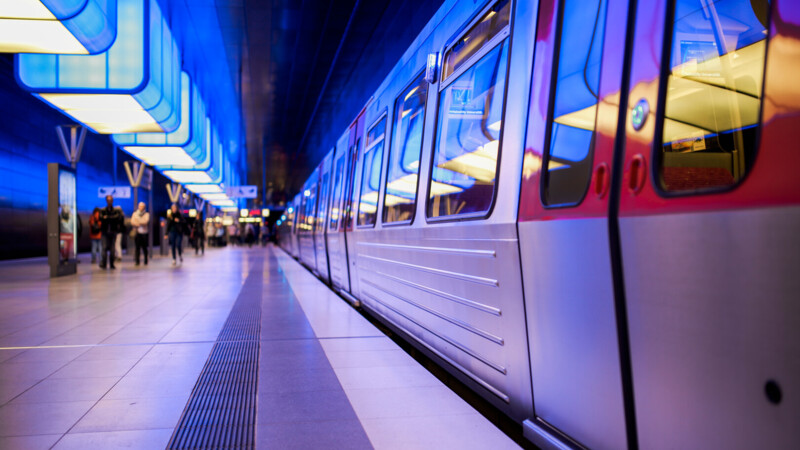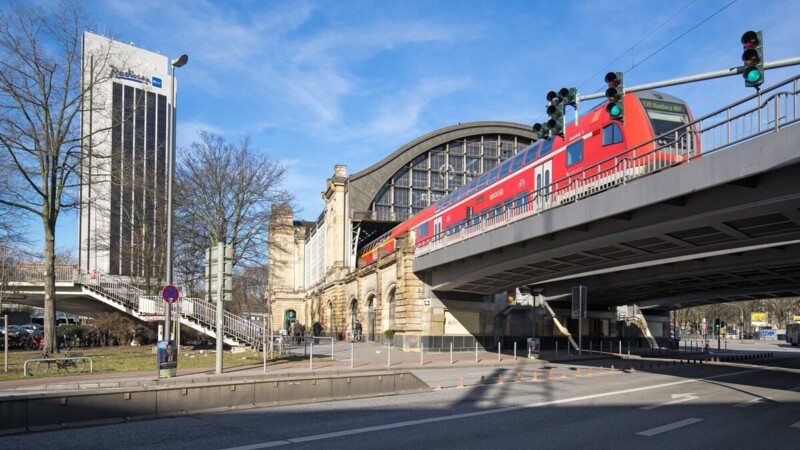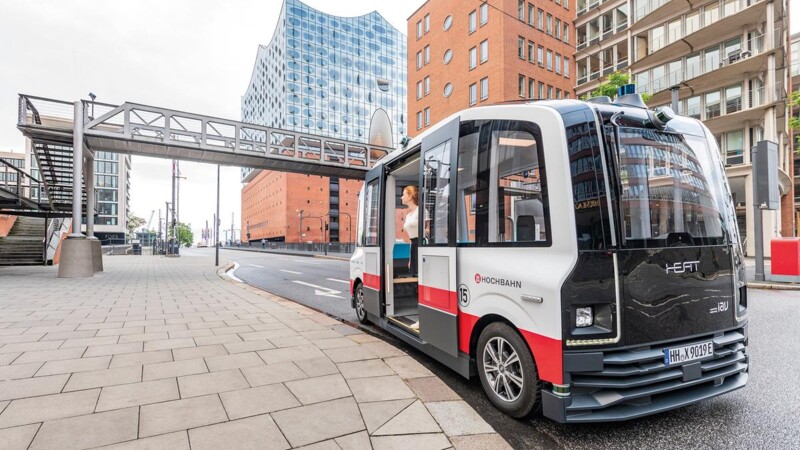"Now that we have established the new S-Bahn network, we are taking the next important step. By fully digitising the S-Bahn, we are putting Germany's most modern system on the rails and preparing it for the future," said Anjes Tjarks, Senator for Transport. Hamburg's S-Bahn is the fastest growing railway in Germany and daily passenger numbers are expected to rise from 750,000 to 1.1 million by 2030. Digitalised operations will automate ignition, braking, accelerating and stopping, and help manage the increased footfall.
The senate has earmarked €285 million to make Hamburg's S-Bahn network fully digital thereby increasing capacity, improving punctuality and boosting efficiency by 2030, a press release said Wednesday (January 22, 2025). The German government has already provided €20 million for a digital interlocking system.
Fully digitalised S-Bahn to meet growing demand
Extensive technical upgrade
The first digital trains went into service in 2022, and over 80 more are due to be upgraded or newly ordered. The remaining 170 trains will be digalitised amid ongoing investments in upgrading the S-Bahn links to Harburg/Neugraben and Bergedorf. A new digital signal box will replace the existing systems in Altona and in the main station by 2030. An entire line in Harburg is to be equipped with the European Train Control System (ETCS) without signalling. This will allow 30 per cent more trains to run on the same tracks, according to the Ministry of Transport and Mobility Transition.
More regional advantages
Schleswig-Holstein and Lower Saxony will benefit from more punctual trains with improved passenger capacity. Hamburg and its neighbouring states are working on digitalisation to cut costs. Digitised trains will run four years longer by 2037. The cost of new trains would mean a saving of €400 million by 2038.
fw/sb/pb
Sources and further information
More
Similar articles

Mobility transition progressing in Hamburg

EUR 35 million for digital and automated suburban trains in Hamburg

Hamburg to become model mobility region
